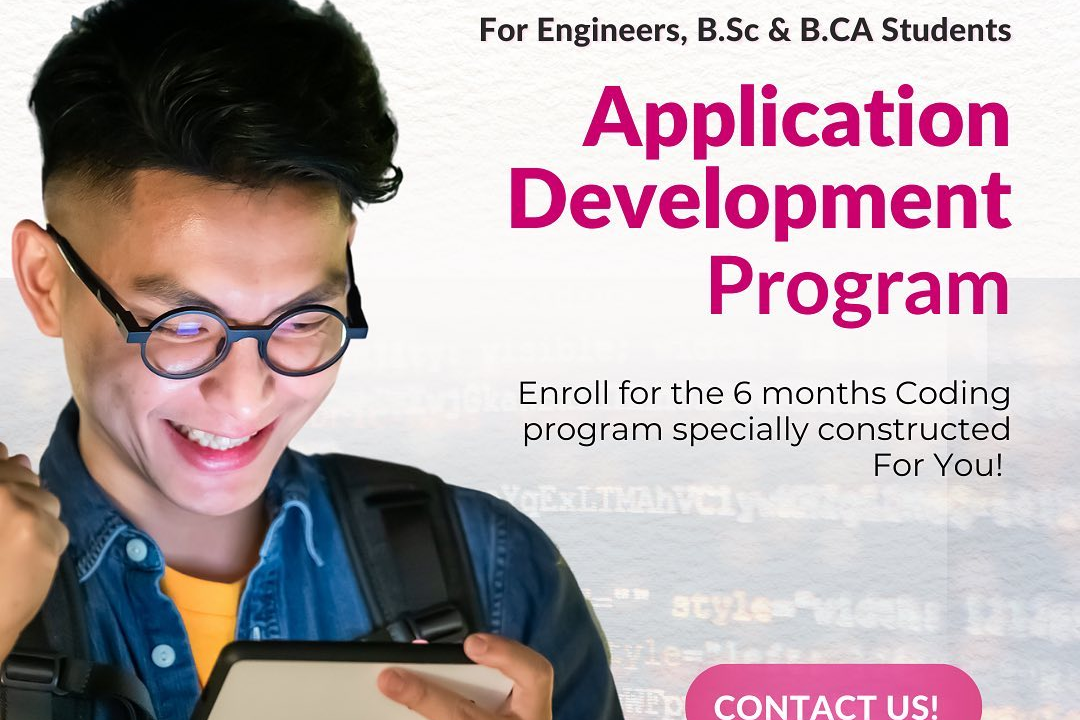Flutter Application Design And Testing
Designing and Testing Flutter Applications: Best Practices and Strategies
Flutter Application Design And Testing
Flutter application design emphasizes a reactive programming model, which allows developers to create visually appealing UIs with a focus on performance and flexibility. Utilizing a single codebase, Flutter enables the development of applications for both iOS and Android platforms. Developers use a rich set of pre-built widgets that follow Material Design and Cupertino style guidelines, facilitating a native-like experience on both platforms. For testing, Flutter offers a comprehensive framework that includes unit tests, widget tests, and integration tests, enabling developers to ensure their applications are robust and free of bugs. The testing process is streamlined through the use of the `flutter test` command, allowing for automated test execution and efficient debugging, which enhances overall application quality and reliability.
To Download Our Brochure: https://www.justacademy.co/download-brochure-for-free
Message us for more information: +91 9987184296
1 - Introduction to Flutter
Understand what Flutter is, its architecture, and how it differs from other frameworks. Learn about its features such as hot reload, a rich set of widgets, and its ability to create natively compiled applications for mobile, web, and desktop.
2) Setting Up the Development Environment
Learn how to install and configure Flutter SDK, IDEs (like Android Studio, VS Code), and the necessary tools for both Android and iOS development.
3) Flutter Widgets Overview
Explore the core concept of widgets in Flutter, including Stateless and Stateful widgets. Understand how UI is built using a tree structure.
4) Building User Interfaces
Design visually appealing user interfaces using Flutter. Learn about layout widgets like Column, Row, Stack, and how to manage padding, margins, and alignment.
5) State Management
Delve into state management solutions in Flutter such as Provider, Riverpod, and Bloc. Understand the importance of managing state in a reactive framework.
6) Navigation and Routing
Learn how to implement navigation in Flutter applications, including named routes, passing data between screens, and managing the navigation stack.
7) Integrating APIs
Understand how to make network requests and consume RESTful APIs. Learn about packages like `http` and how to handle JSON data.
8) Local Database Management
Explore local storage solutions like SQLite, Hive, or Shared Preferences for managing data persistence in Flutter applications.
9) Flutter Animations
Discover the basics of animation in Flutter. Learn how to use the AnimationController and Tween classes to create engaging animations.
10) Responsive Design
Understand how to build responsive applications that work on various screen sizes and orientations, utilizing MediaQuery and LayoutBuilder.
11) Theming and Styling
Learn how to create and manage themes in Flutter to ensure a consistent and attractive visual style across the application.
12) Testing Fundamentals
Introduction to the testing framework in Flutter, including unit testing, widget testing, and integration testing. Understand the importance of testing in the development lifecycle.
13) Writing Unit Tests
Learn how to write unit tests to validate the logic of Dart classes and functions using the `test` package.
14) Widget Testing
Understand how to write widget tests to verify UI components and their behavior. Learn to use the `flutter_test` package for this purpose.
15) Integration Testing
Discover how to perform integration tests that ensure different parts of your application work together. Use packages like `integration_test` to test the entire app's workflow.
16) Continuous Integration (CI)
Learn about setting up CI/CD pipelines for Flutter applications, including how to automate testing and deployment processes using tools like GitHub Actions or Bitrise.
17) Debugging Tools
Get familiar with debugging Flutter applications using Flutter DevTools, how to diagnose performance issues, and profile your app for better performance.
18) Publishing Flutter Apps
Understand the process of preparing and publishing a Flutter application to the Google Play Store and Apple App Store, including handling app signing and store submission guidelines.
19) Community and Resources
Learn about the Flutter community, resources for further learning, and how to stay updated with the latest Flutter developments and best practices.
Conclusion
This training program is designed to provide students with a thorough understanding of Flutter application design and testing, equipping them with the skills needed to build, test, and deploy high quality applications.
This structured curriculum covers the essential aspects of Flutter development and testing, making it suitable for anyone looking to gain expertise in this popular framework.
Browse our course links : https://www.justacademy.co/all-courses
To Join our FREE DEMO Session: Click Here
Contact Us for more info:
Android Emulators
What is pmi acp
PYTHON 3 TUTORIAL POINT
python for finance course
Flutter Project Management Methodologies











